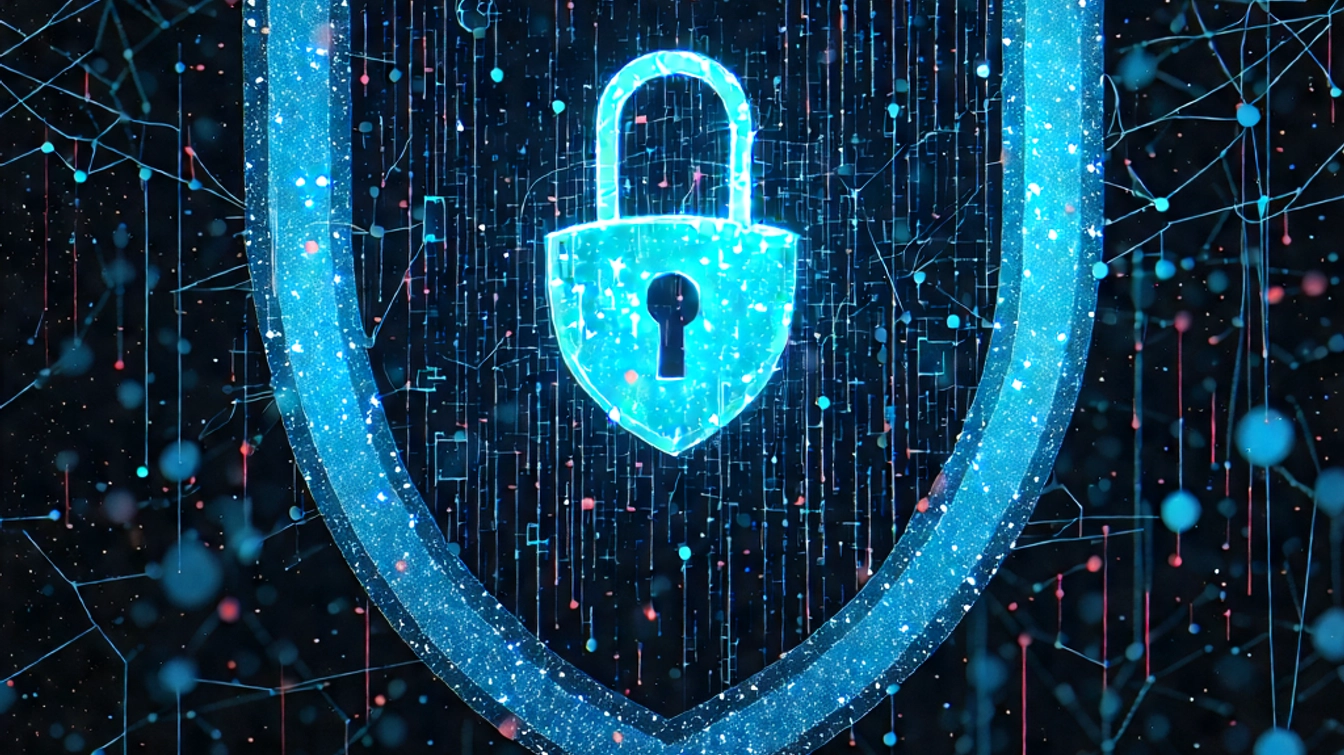- konnio
- 2025-02-05
- No Comments
NIST sets the gold standard for cybersecurity guidelines and standards, playing a crucial role in ensuring organizational security and compliance. With ever-evolving threats in the digital landscape, understanding NIST’s framework can be a game-changer for businesses. This guide will dig into NIST’s foundational role, its essential protocols, and how adopting these guidelines can benefit your organization while navigating common challenges.
What is NIST
The National Institute of Standards and Technology (NIST) is a pivotal agency in the United States dedicated to promoting innovation and industrial competitiveness. In the realm of cybersecurity, NIST’s mission is significant as it provides a robust framework to protect information systems and safeguard sensitive data. NIST’s guidelines are widely regarded as authoritative standards that help organizations assess and manage cybersecurity risks effectively.
NIST’s Role in Cybersecurity
NIST is essential in developing standards that set the benchmark for cybersecurity practices. These standards offer a structured approach to cybersecurity, making it easier for organizations to implement protective measures. By following NIST’s protocols, companies can not only enhance their security posture but also comply with regulatory requirements and improve data protection strategies.
Importance of NIST Guidelines
NIST guidelines are foundational in establishing security controls that protect against cyber threats. These controls are designed to help organizations mitigate risks, detect vulnerabilities, and respond to incidents promptly. By adopting NIST’s cybersecurity framework, businesses can ensure the safety of their digital infrastructure and improve their resilience against potential cyberattacks.
Moreover, NIST’s emphasis on continuous improvement encourages organizations to regularly update their security measures in line with new threats and technologies. This proactive stance is vital in maintaining robust security and staying ahead in an ever-evolving cyber landscape.
Understanding and implementing NIST standards is not only crucial for compliance but also a strategic move to protect critical assets. Through adherence to these guidelines, companies can safeguard their operations, build trust with their stakeholders, and maintain a competitive edge in the market.
NIST and cybersecurity
NIST plays a vital role in enhancing cybersecurity frameworks, providing tools and resources for organizations to protect their digital assets. The agency has developed a comprehensive Cybersecurity Framework that comprises guidelines and practices for managing cybersecurity risks effectively. These guidelines serve as a fundamental reference for organizations looking to secure their infrastructure and maintain data integrity.
Components of the NIST Cybersecurity Framework
The NIST framework includes five core functions: Identify, Protect, Detect, Respond, and Recover. These functions organize the various cybersecurity activities into easily understandable categories, helping organizations set clear goals and objectives. By following these, businesses can better prioritize their efforts and allocate resources efficiently.
Applications of NIST Guidelines
NIST’s guidelines are applied across multiple sectors, from finance to healthcare, ensuring each industry’s unique needs are met. The framework supports these sectors in establishing robust security postures by providing a common language for cybersecurity risk management. This adaptability is crucial in tailoring security measures to specific operational environments.
Additionally, by implementing NIST’s recommendations, organizations can not only improve their own security but also contribute to an overall national security framework. This collective approach is instrumental in combating the increasing complexity and frequency of cyber threats. Organizations using NIST guidelines are better prepared to face new challenges, continuously improving their defense mechanisms.
Evaluating NIST documents
When evaluating NIST documents, it’s crucial to understand the range of publications they offer. These documents include special publications, interagency or internal reports, and technical papers, all designed to address various facets of cybersecurity. Each type of document serves a distinct purpose, providing detailed guidelines, best practices, and recommendations for implementing and improving security standards.
Understanding Special Publications
NIST’s Special Publications (SPs) are instrumental in outlining essential security and privacy controls. They are often referenced by organizations aiming to align their systems with standardized security measures. These documents, such as the widely known SP 800 series, offer specifics on protecting information systems and securing sensitive data.
Interagency Reports
Interagency or Internal Reports (NISTIRs) provide insights into research findings and scientific investigations conducted by NIST. These reports frequently highlight emerging threats and new opportunities within the field of cybersecurity, assisting organizations in staying up-to-date with the latest developments.
By thoroughly reviewing these documents, businesses can harness a wealth of knowledge that enhances their cybersecurity tactics. The comprehensiveness of NIST’s documentation helps organizations from various sectors tailor their security strategies to meet unique industry challenges, ensuring a proactive approach to cyber defense.
Moreover, using NIST’s publications as a benchmark fosters consistency and alignment in cybersecurity efforts, promoting a more unified and robust defense against potential cyber threats across different industries. This shared framework supports better communication and strengthens collaborative approaches to enhancing cyber resilience.
Aplying NIST recommendations
Applying NIST recommendations involves integrating a comprehensive set of cybersecurity practices and policies within an organization. These recommendations are designed to bolster defenses against cyber threats while ensuring compliance with critical security standards. Following NIST’s guidelines begins with a thorough review of existing security protocols and identifying gaps that might exist in the organization’s current systems.
Steps to Integration
Implementing NIST’s recommendations starts with mapping out the core functions of the NIST Cybersecurity Framework. Organizations should focus on identifying crucial assets and vulnerabilities, protecting sensitive data, and establishing systems to detect and respond to cyber incidents effectively. This structured approach allows for clear prioritization of cybersecurity initiatives.
Creating a Customized Security Plan
Organizations are encouraged to develop a tailored security plan that reflects their unique needs and operational risks. By assessing the specific threats prevalent in their industry, companies can adopt the most relevant NIST controls to mitigate these risks. A customized approach ensures that resources are allocated efficiently, and security measures are strengthened where they are most needed.
NIST also emphasizes the importance of continuous monitoring and improvement. By constantly evaluating your security posture and making necessary adjustments, organizations can stay ahead of potential threats. Regular training and awareness programs are essential to ensure that staff are fully equipped to recognize and handle cybersecurity challenges effectively.
This proactive adoption of NIST’s frameworks not only boosts an organization’s resilience against cyber threats but also builds trust with customers and stakeholders by demonstrating a commitment to safeguarding their data.
Monitoring results of NIST recommendations
Monitoring results of NIST recommendations is critical to ensuring that the implemented security measures are effective and aligned with organizational goals. A systematic evaluation process allows organizations to assess the impact of NIST frameworks on their cybersecurity posture and make necessary adjustments. This involves regular and thorough analysis of security metrics and trends to identify areas for improvement.
Key Performance Indicators
Establishing key performance indicators (KPIs) is a vital step in tracking the success of NIST recommendations. Metrics such as the number of detected incidents, response times, and compliance levels provide invaluable insights into the effectiveness of the applied security measures. Organizations should aim to quantify these metrics to gauge progress and pinpoint vulnerabilities.
Continuous Improvement
NIST advocates for a cycle of continuous improvement, emphasizing that monitoring should lead to actionable changes. By analyzing data gathered from implemented controls, businesses can identify which strategies are working and which areas require enhancement. Regular updates to the security plan based on monitored results help in maintaining robust defenses against evolving cyber threats.
Staff training also plays a crucial role in the monitoring process. Ensuring that employees understand and adhere to new protocols is essential for maintaining the efficacy of NIST guidelines. Feedback loops can be established to improve training programs and align them with observed results from security monitoring.
Ultimately, monitoring is about maintaining agility and adaptability in an organization’s cybersecurity approach. This enables a proactive stance against potential vulnerabilities, fostering a culture of security awareness and preparedness across the organization.







